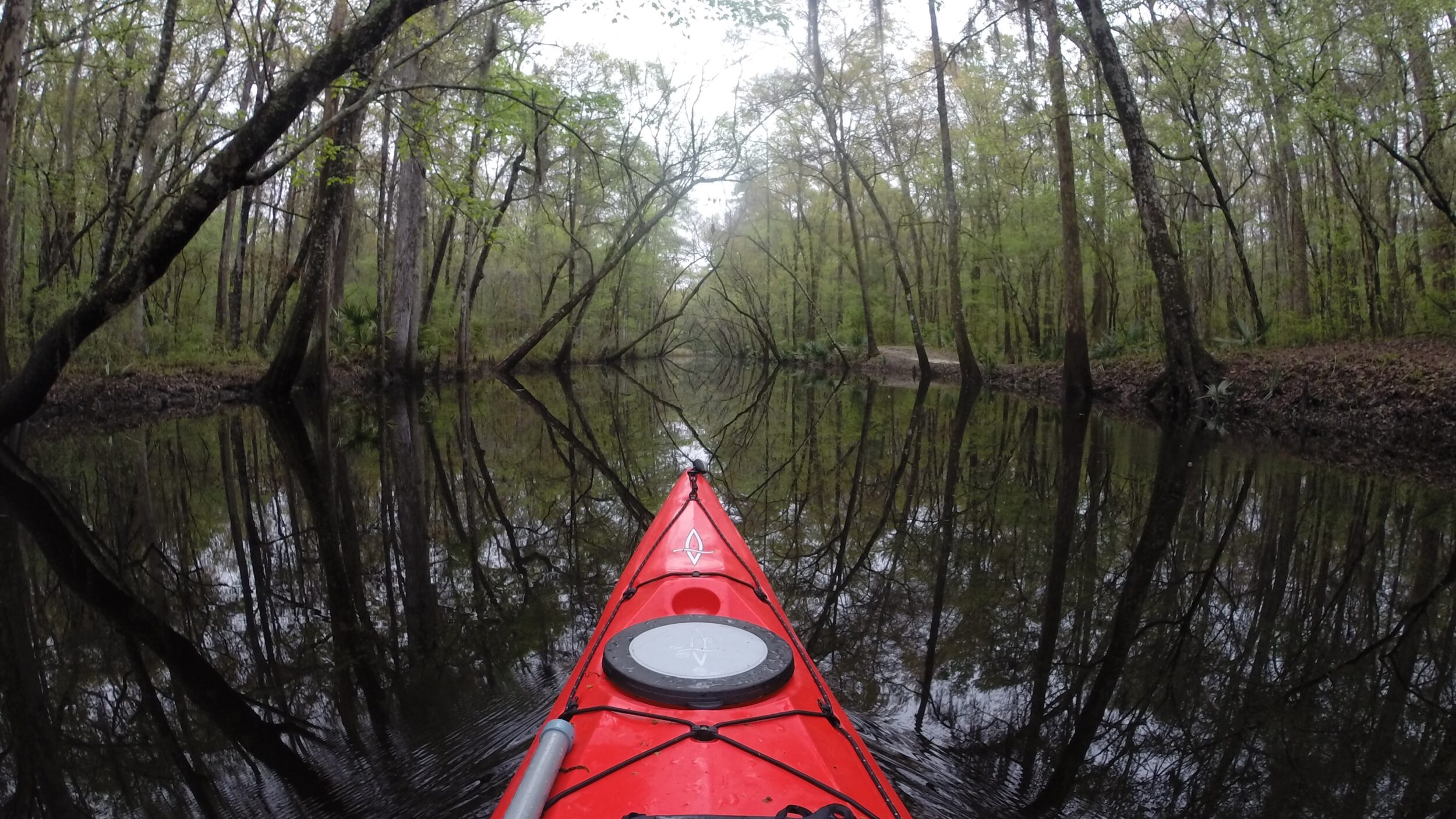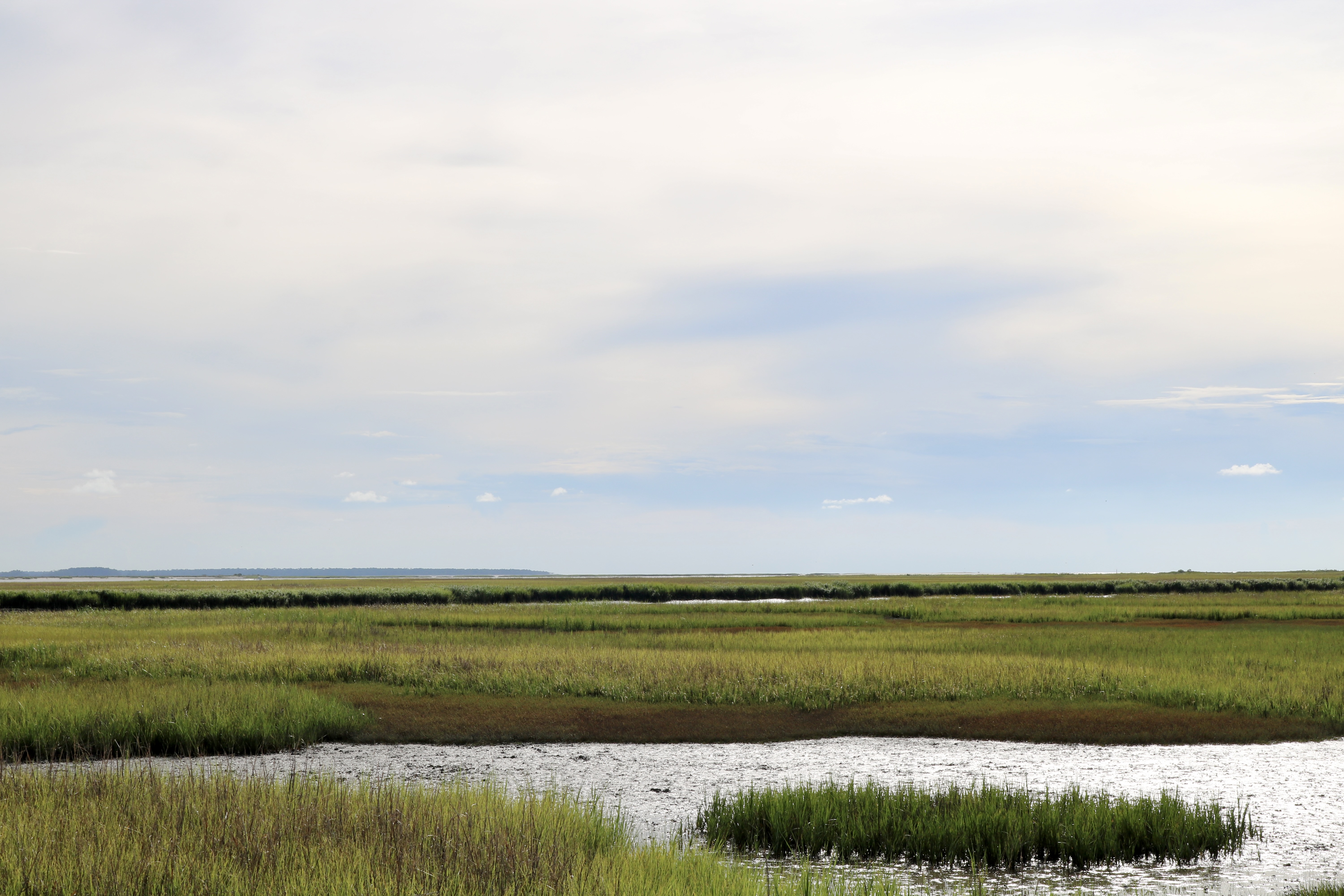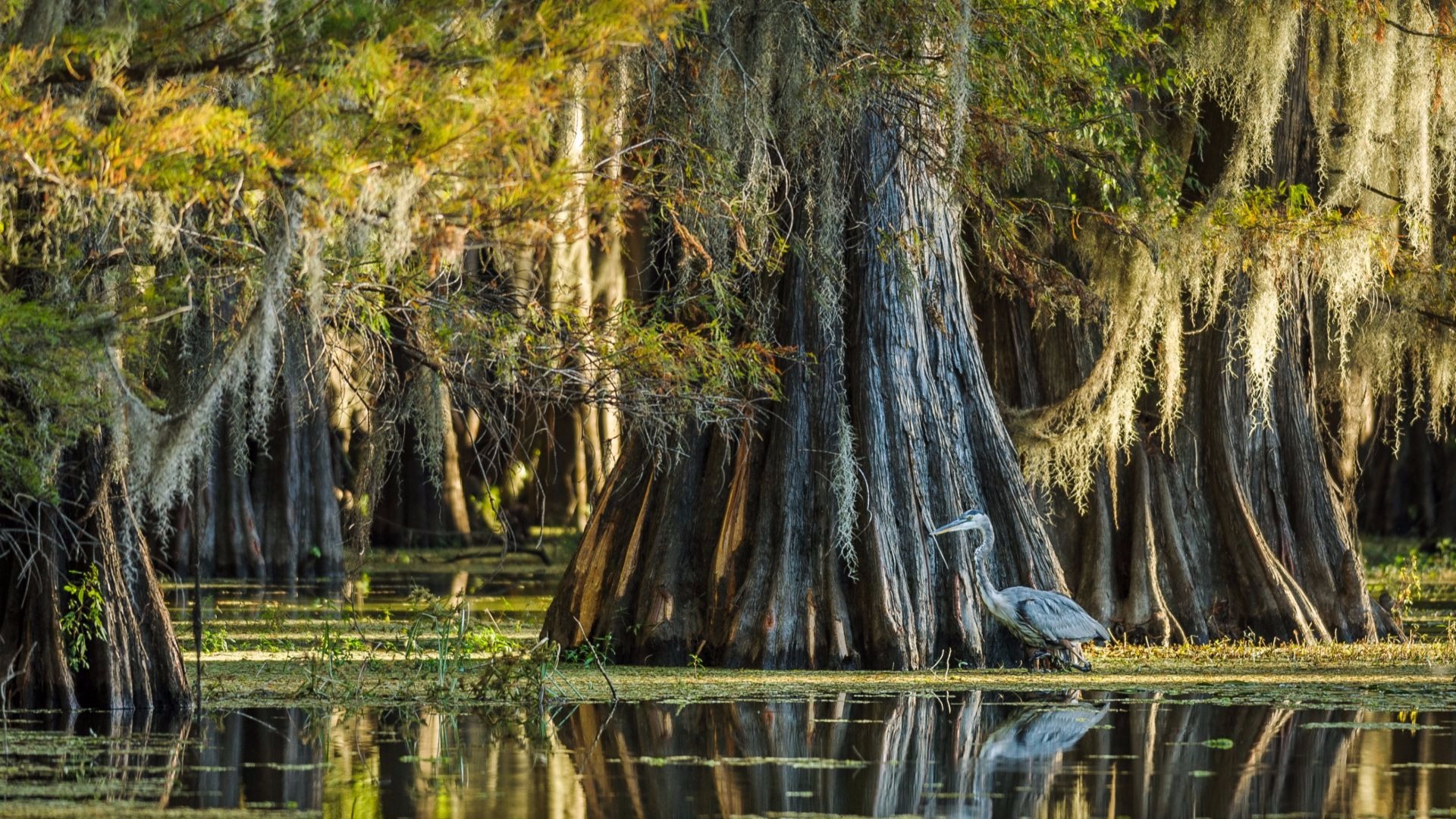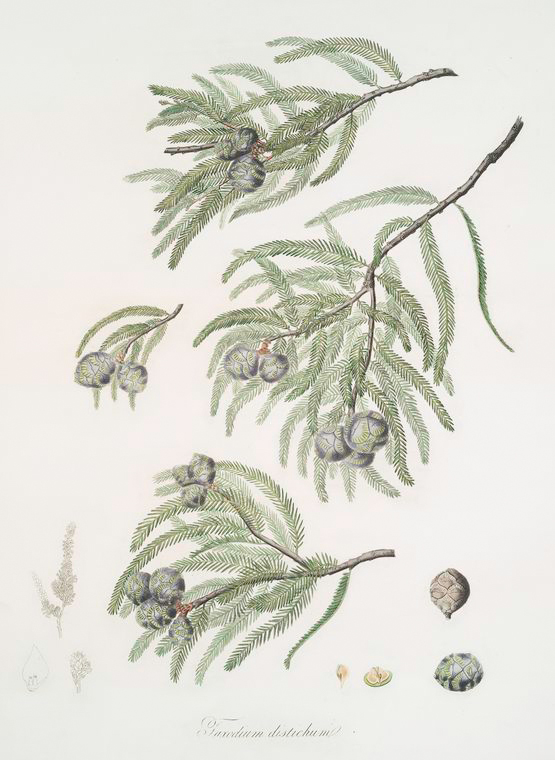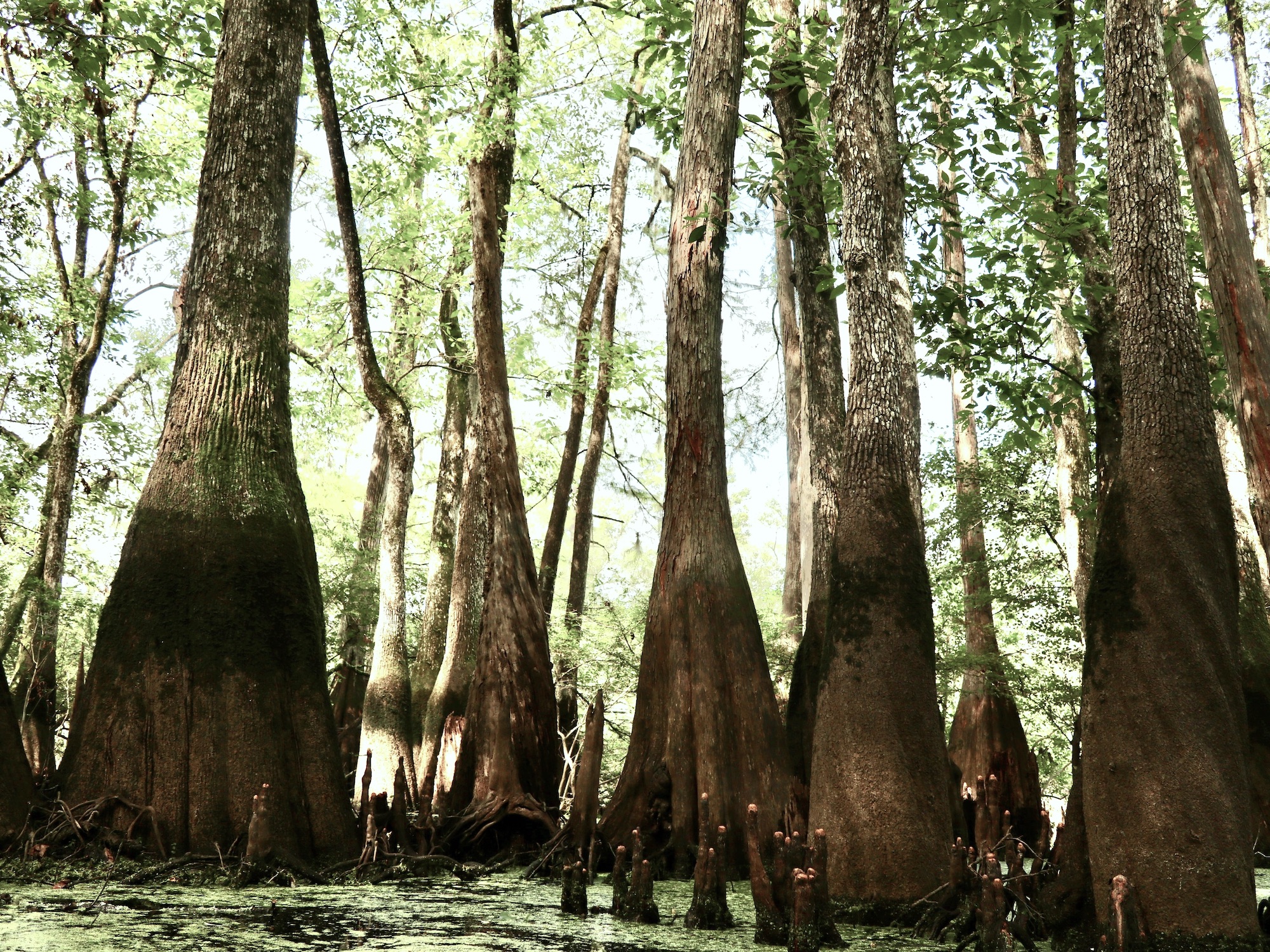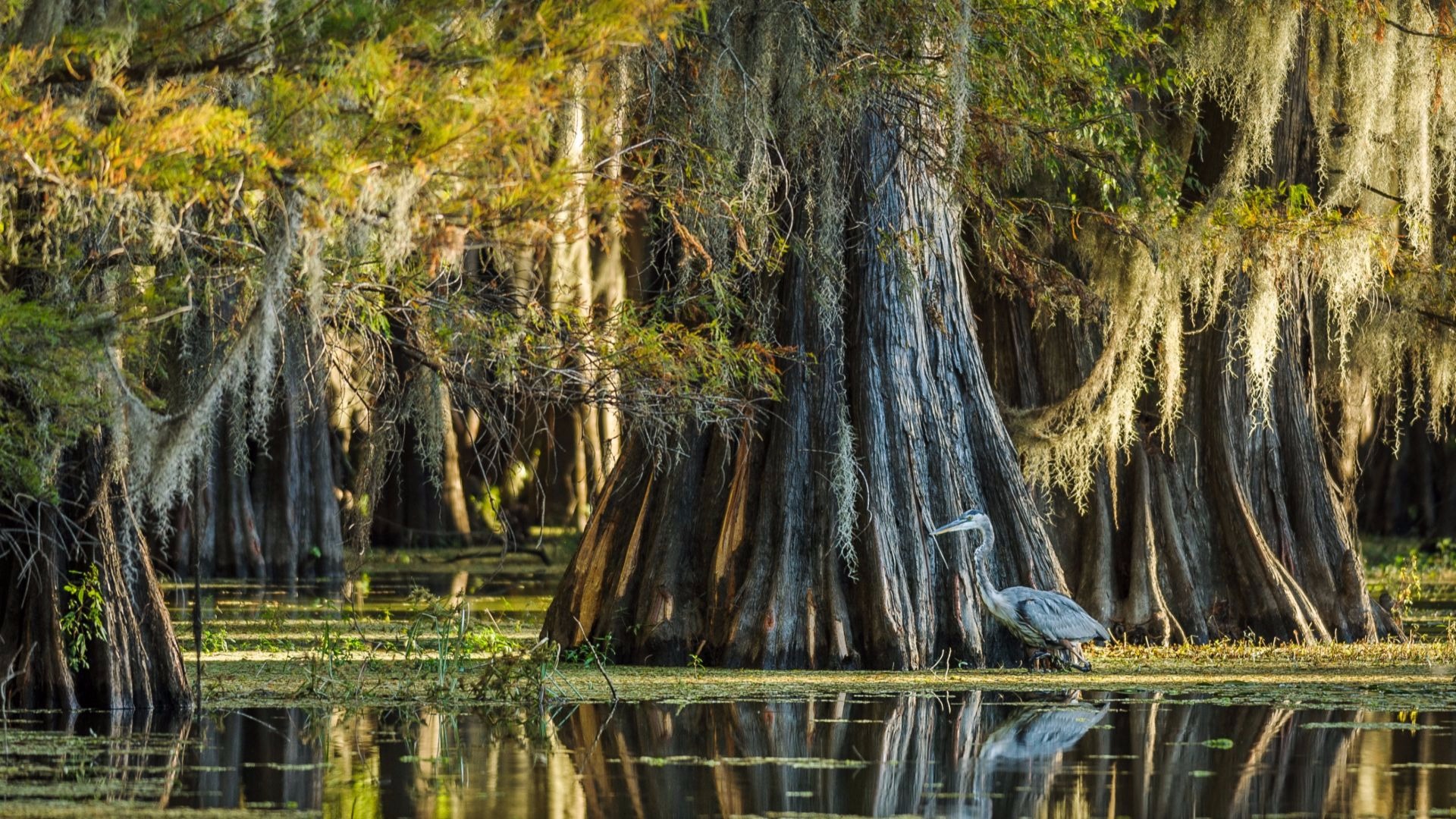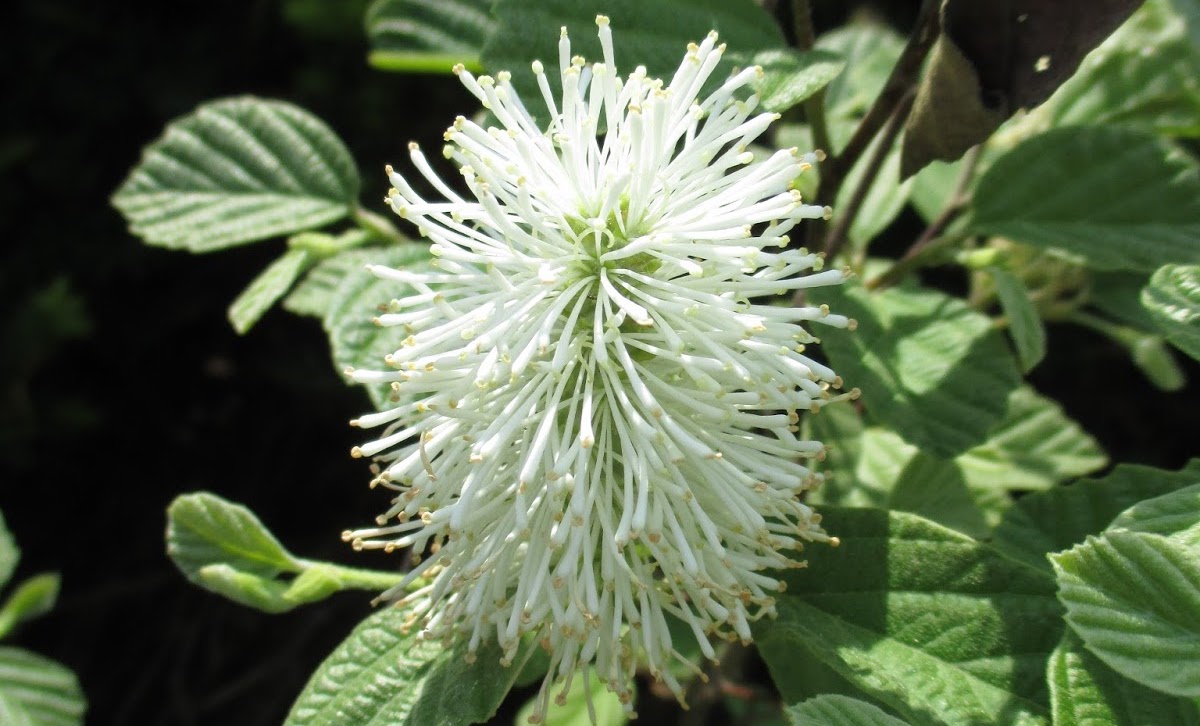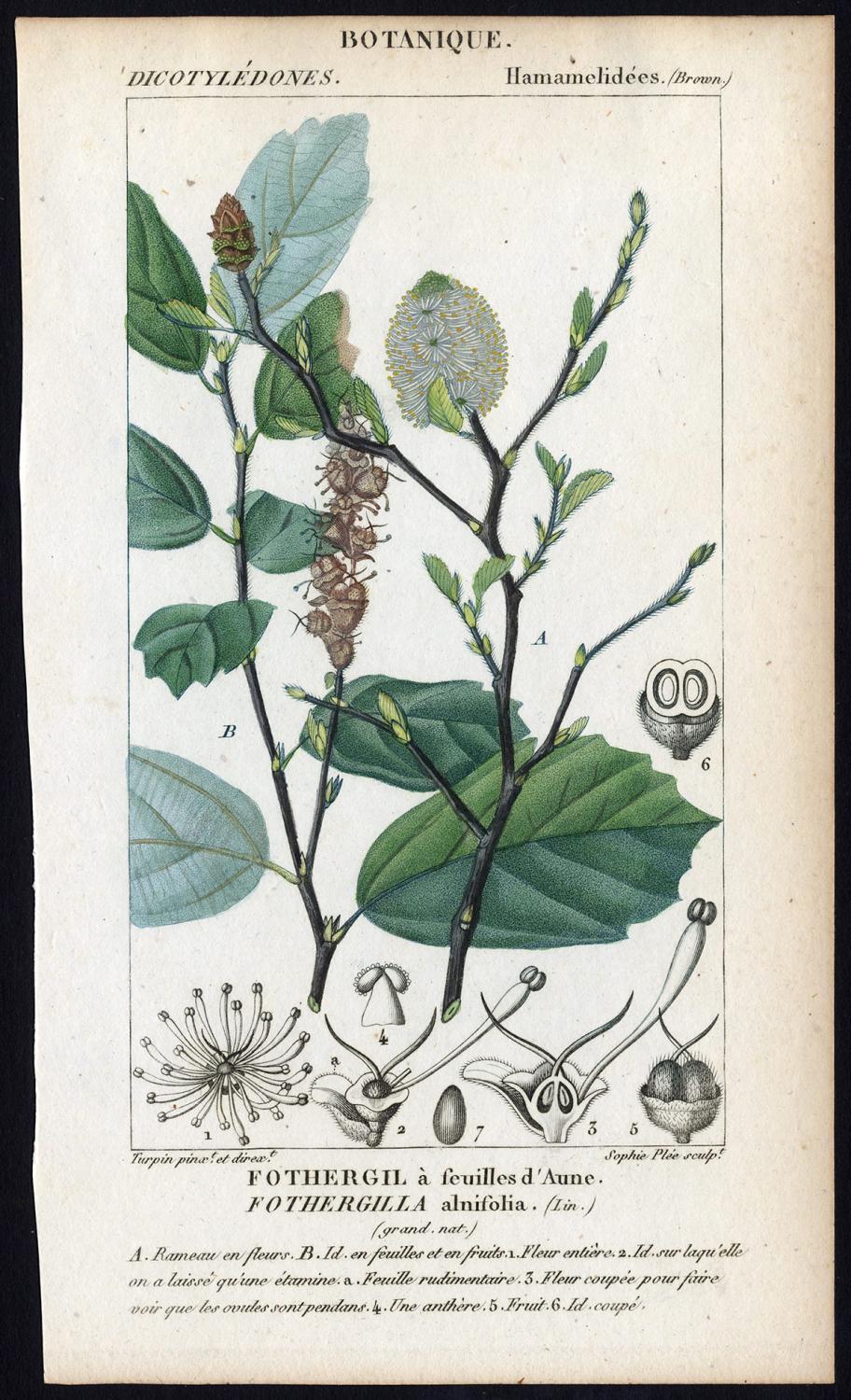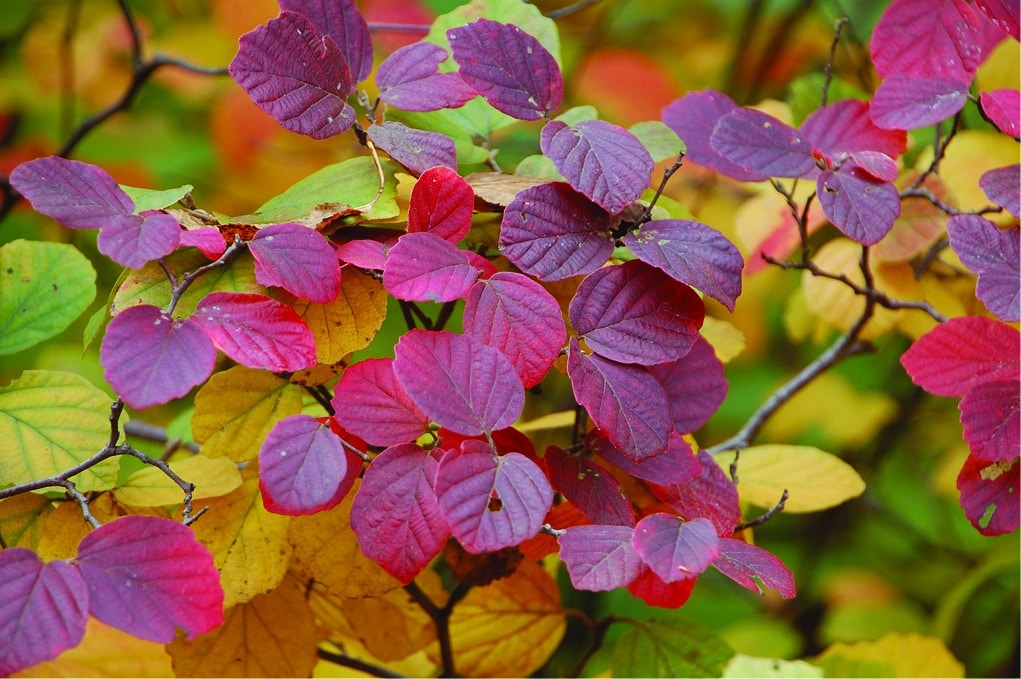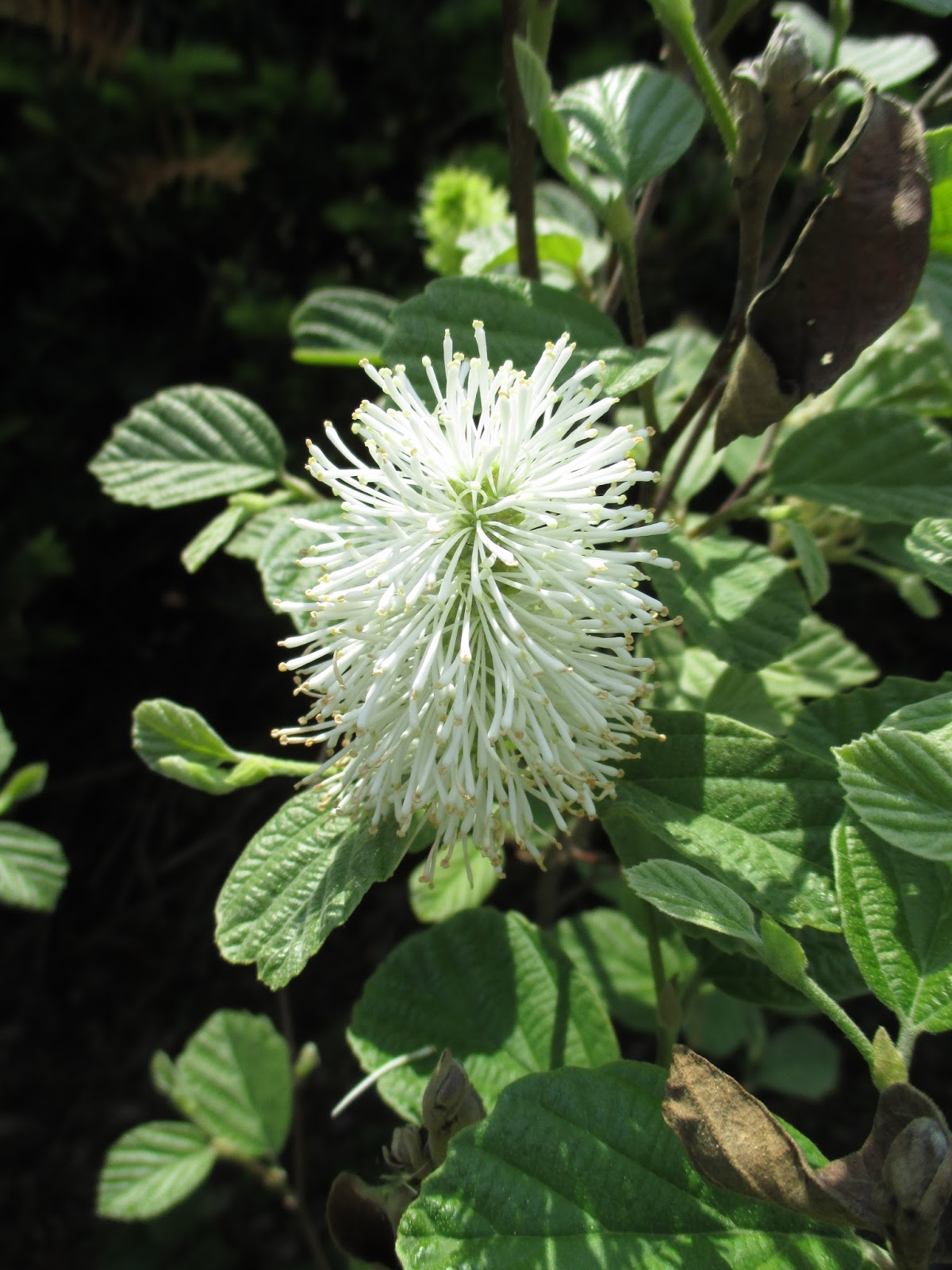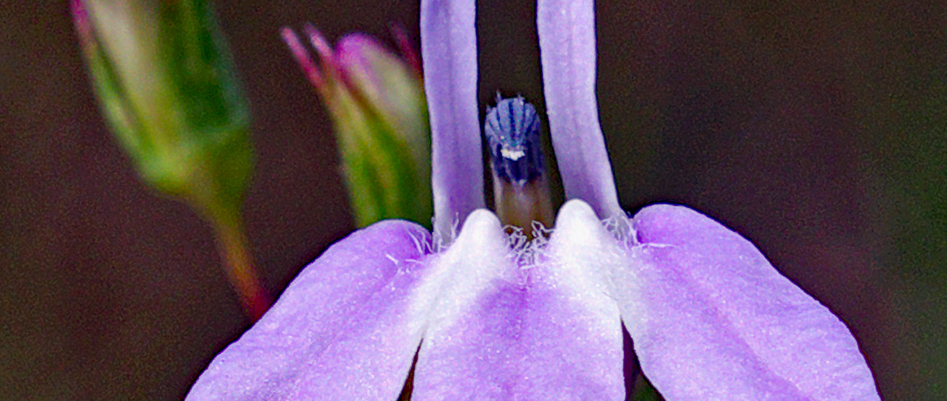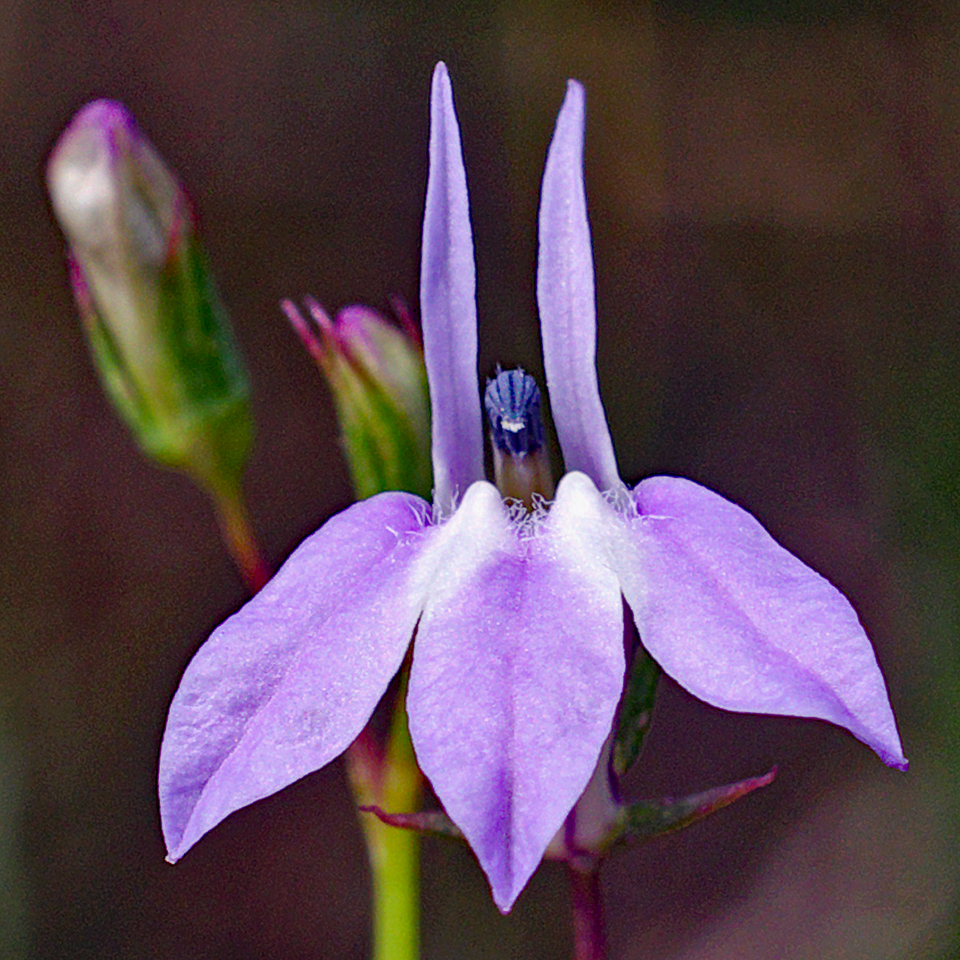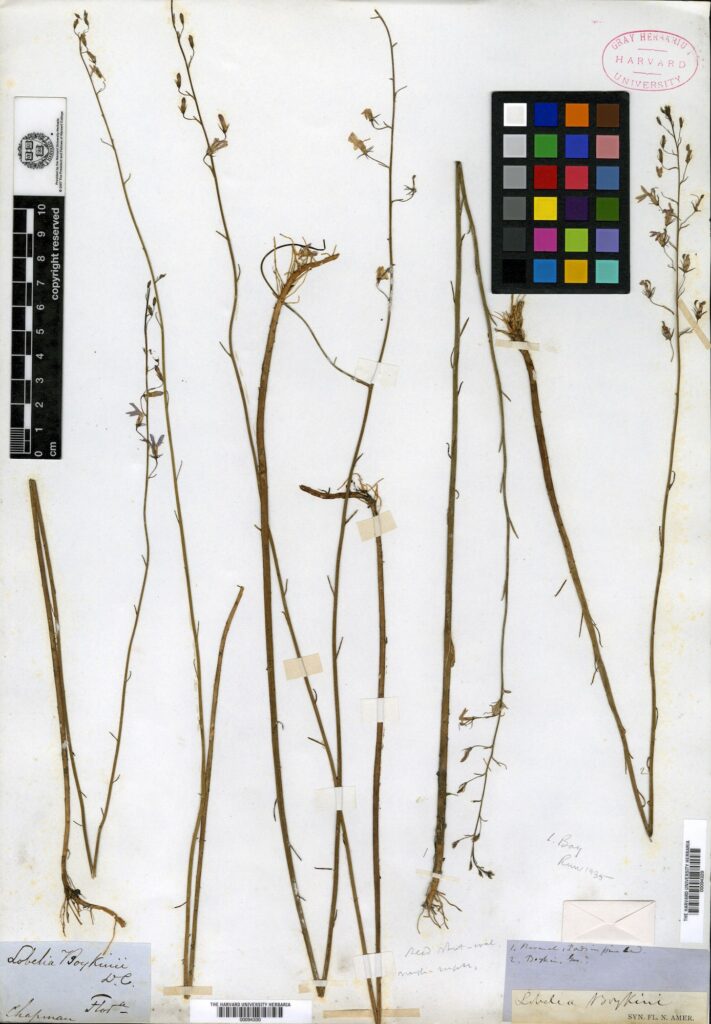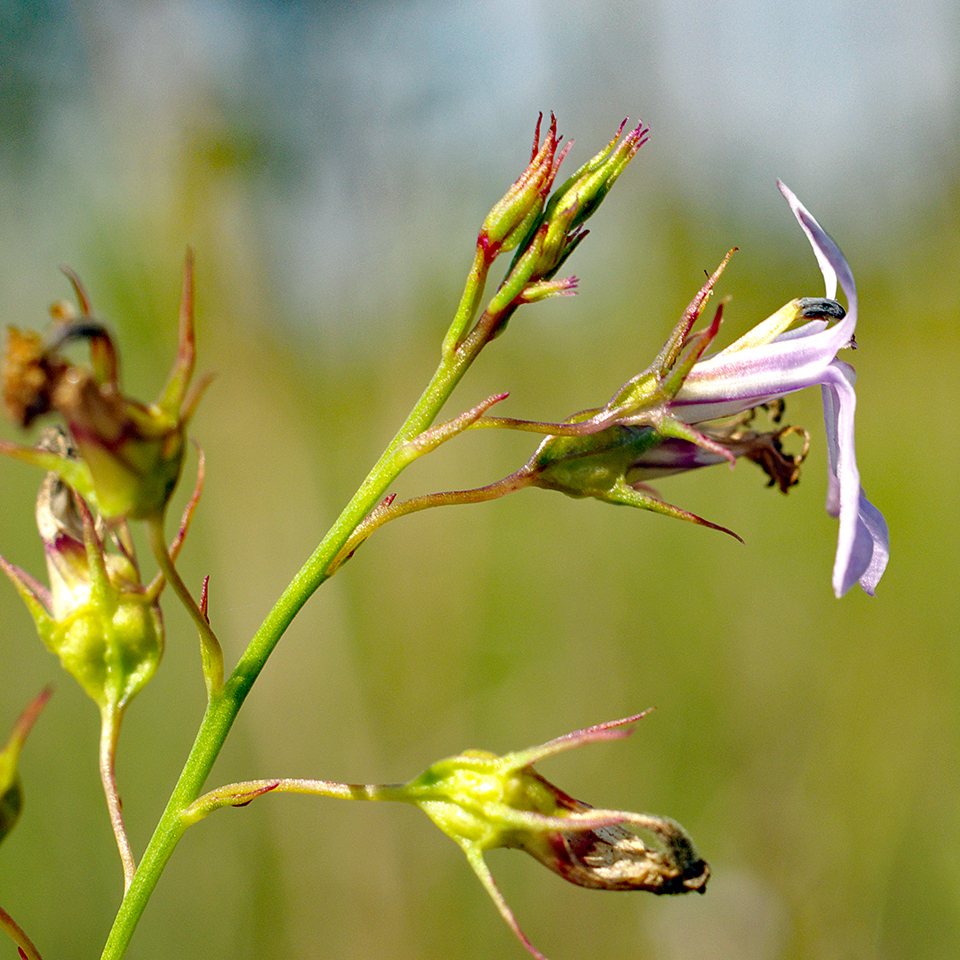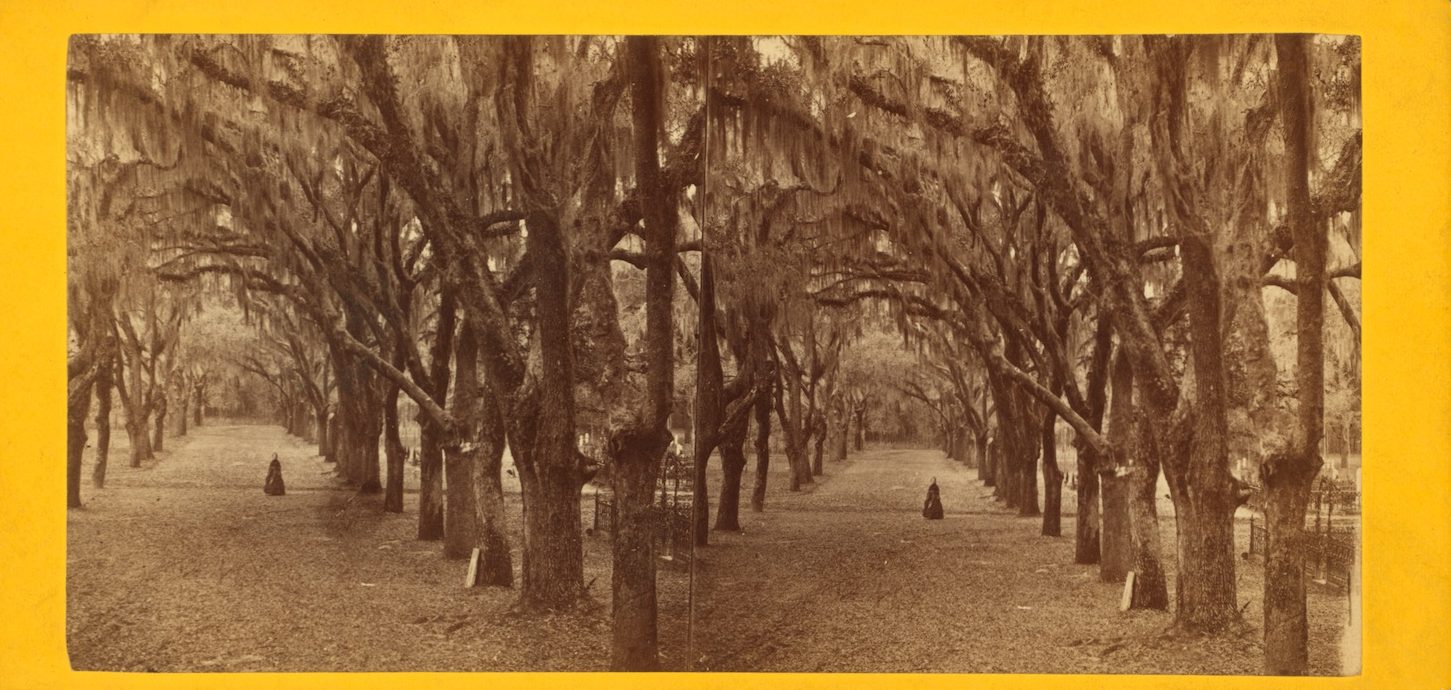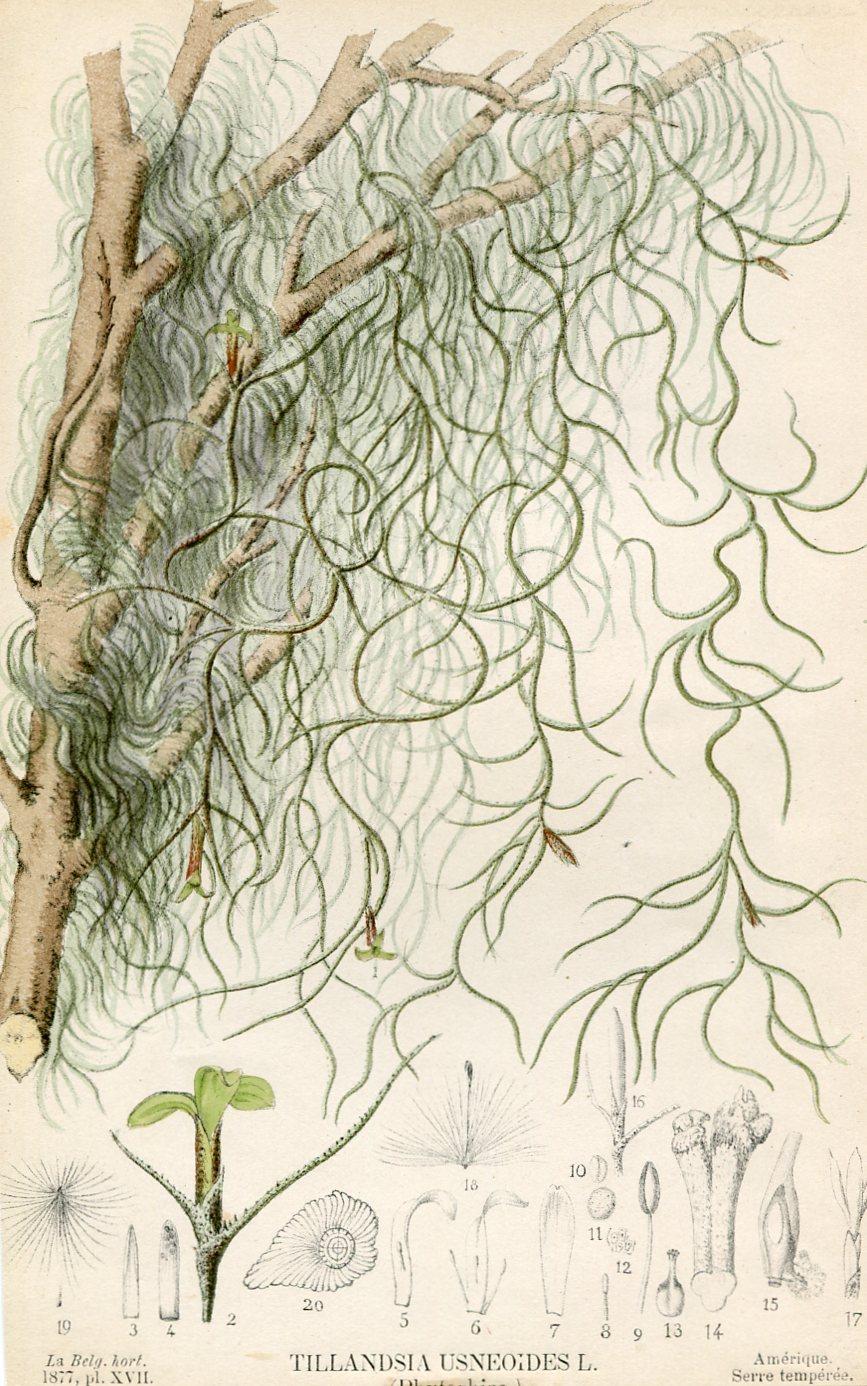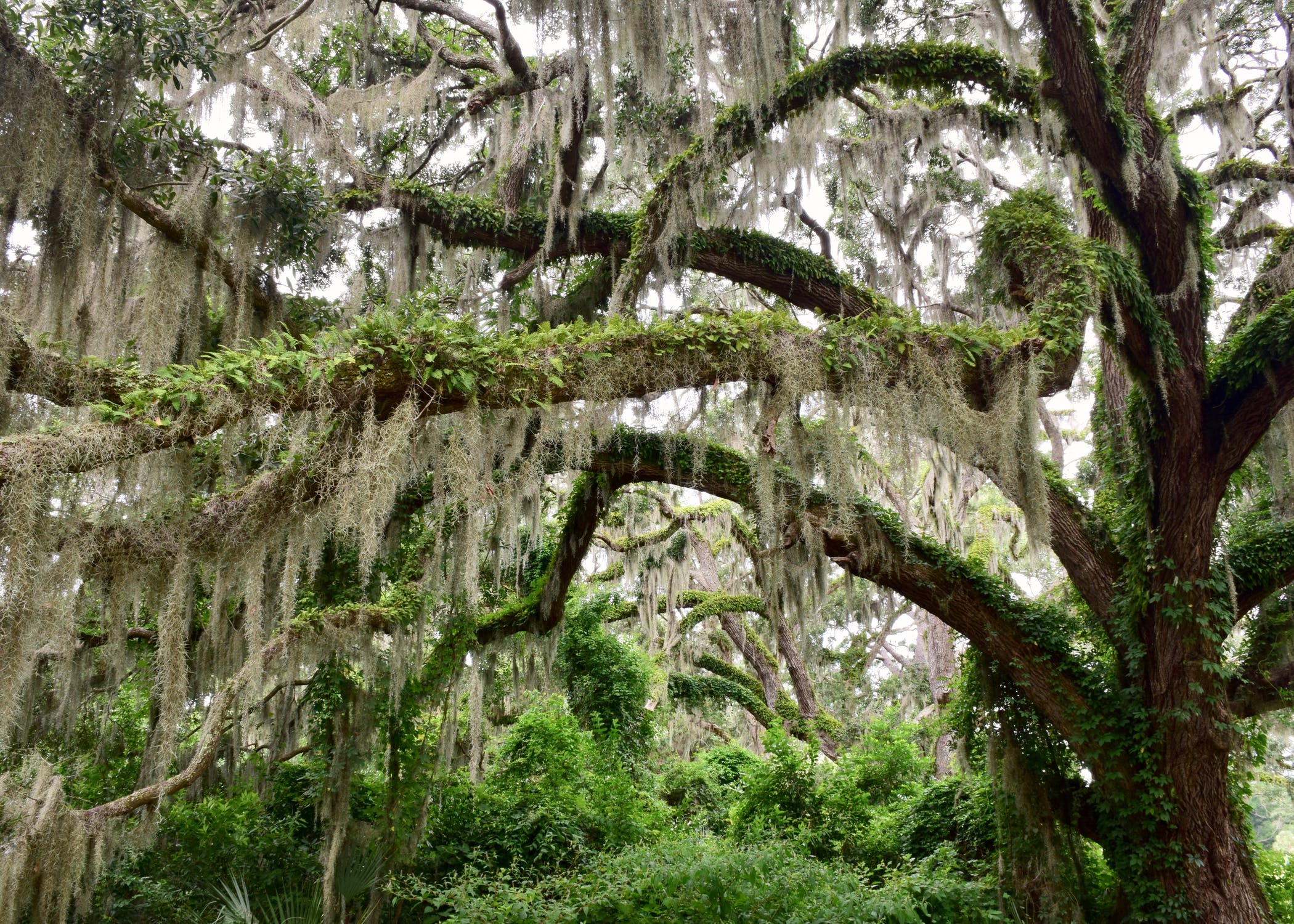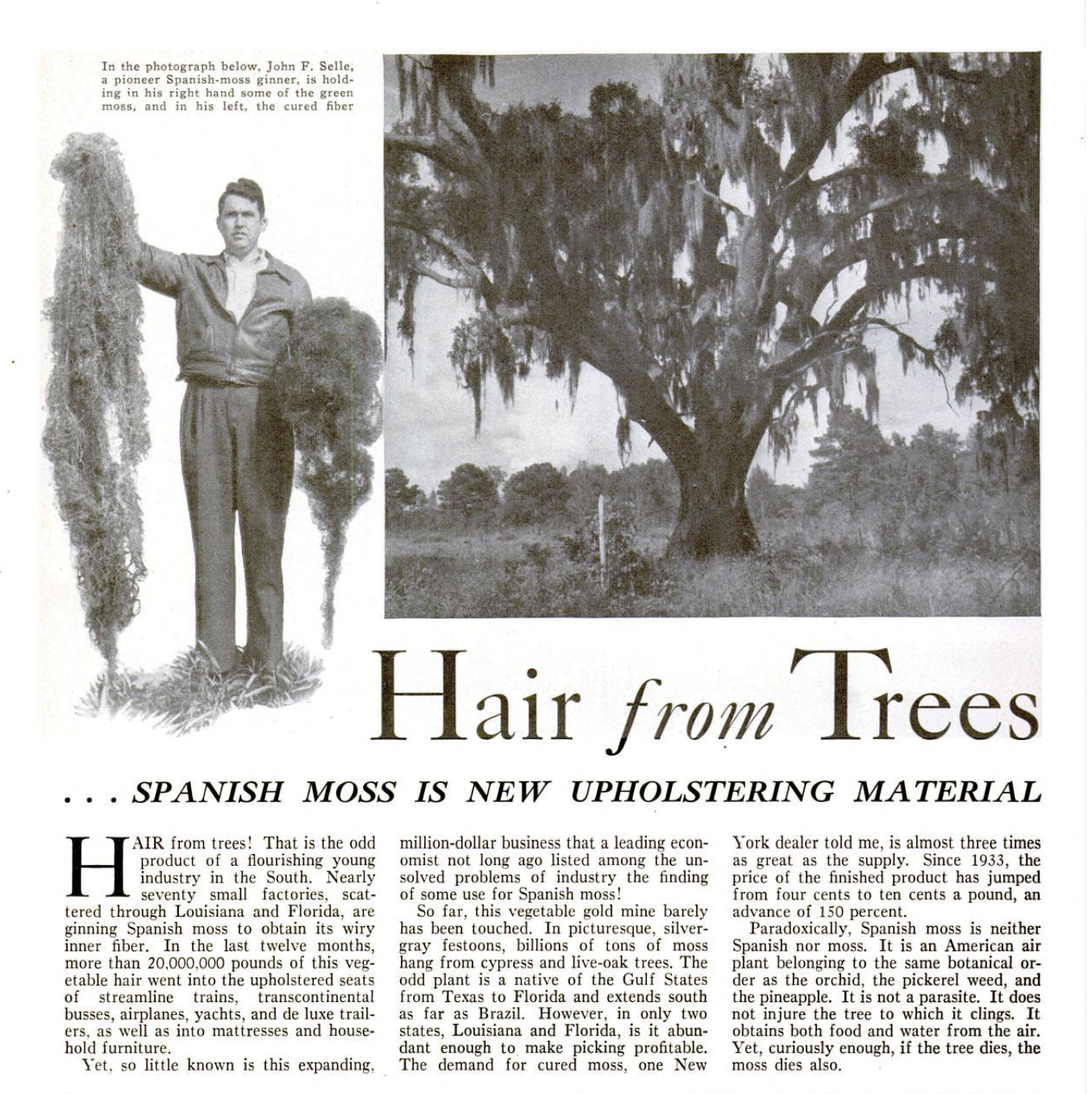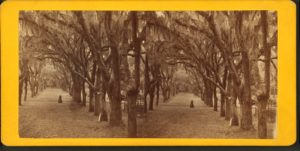Spartina alterniflora or Sporobolus alterniflora
Spartina Marsh Grass
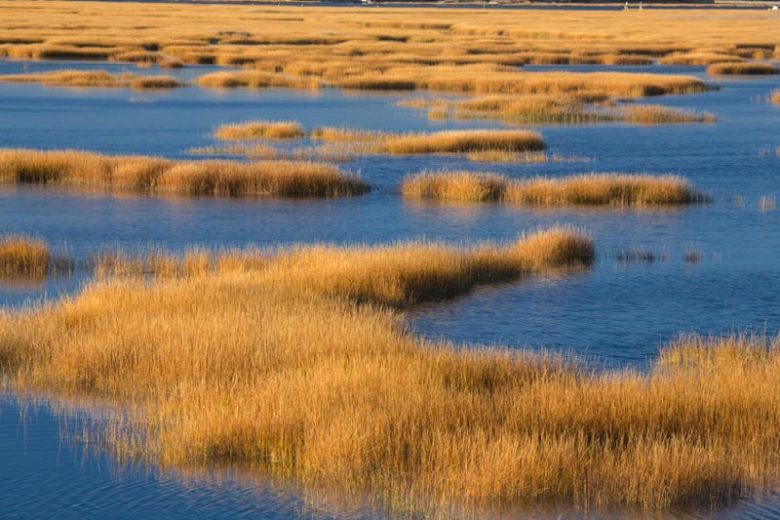
Ogeechee Riverkeeper is shining a spotlight on a humble yet essential inhabitant of our coastal marshes: Spartina alterniflora, (recently renamed by some botanists as Sporobolus alterniflora) commonly known as cordgrass or marsh grass. This remarkable plant plays a vital role in sustaining the health and integrity of our coastal environments.
Spartina marsh grass is a hardy perennial grass species that thrives in the salty, and brackish marshy habitats along Georgia coastlines. Characterized by tall, slender stems and vibrant green foliage, spartina serves as a cornerstone of coastal ecosystems, providing a multitude of benefits to both wildlife and humans alike. Its appearance changes throughout the seasons, shedding stalks in spring and flowering in fall.
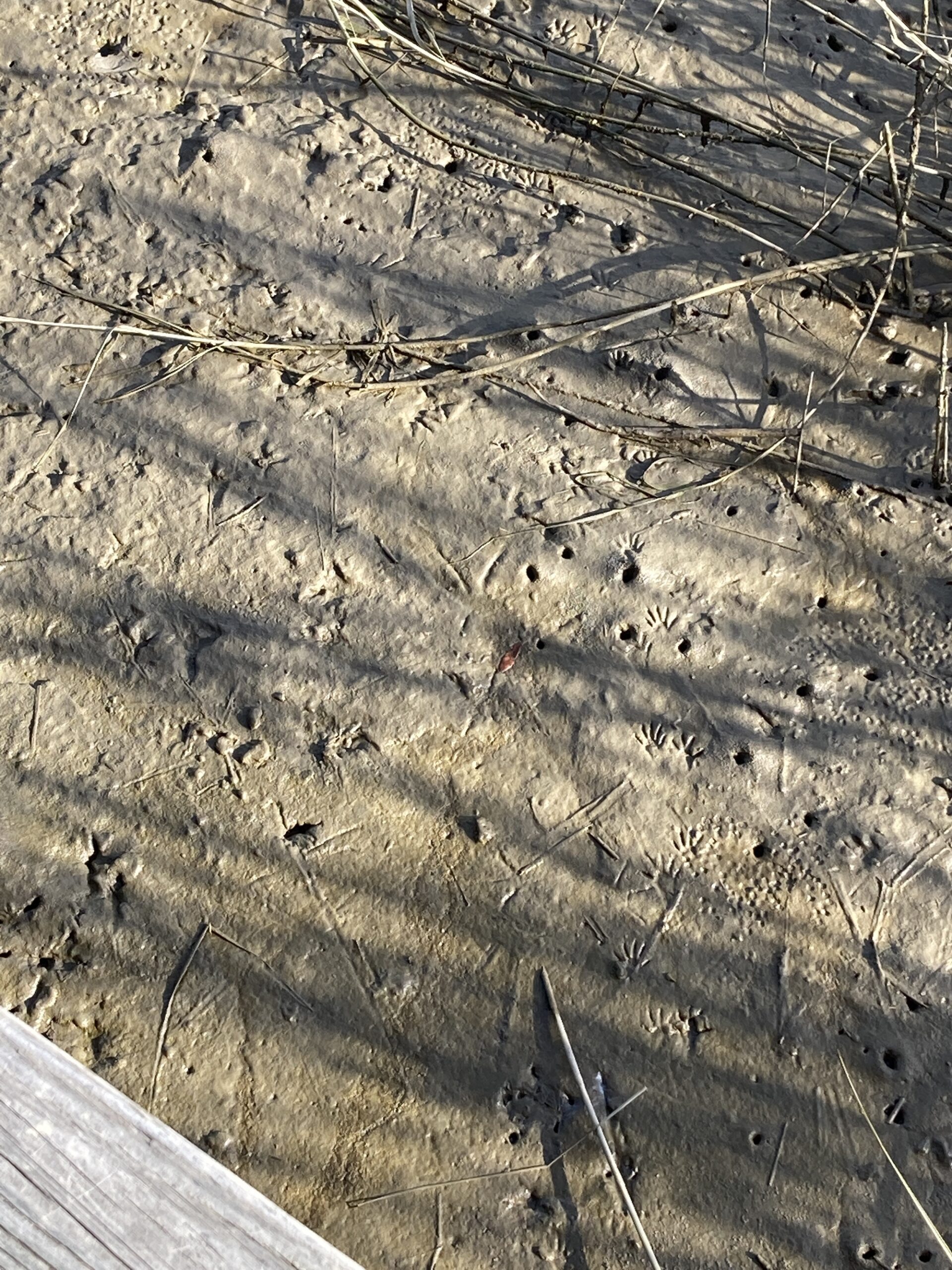
The ecological significance of spartina marsh grass cannot be overstated. Importantly, it thrives in tidal zones with both salty ocean water and fresh water from rivers. As a foundational species within coastal marshlands, spartina performs a variety of crucial functions that contribute to the health and stability of these delicate ecosystems, including:
- Habitat and Nursery Grounds: Spartina marshes serve as vital habitat and nursery grounds for a diverse array of fish, shellfish, and other aquatic organisms. The dense root systems of spartina plants provide shelter and protection for juvenile fish and crustaceans, helping to support healthy populations of commercially and recreationally valuable species.
- Erosion Control: The extensive root systems of spartina marsh grass help to stabilize coastal soils and prevent erosion caused by tides, waves, and storms. By binding sediment together and reducing wave energy, spartina plays a critical role in protecting shorelines and coastal infrastructure from the impacts of erosion and sea level rise.
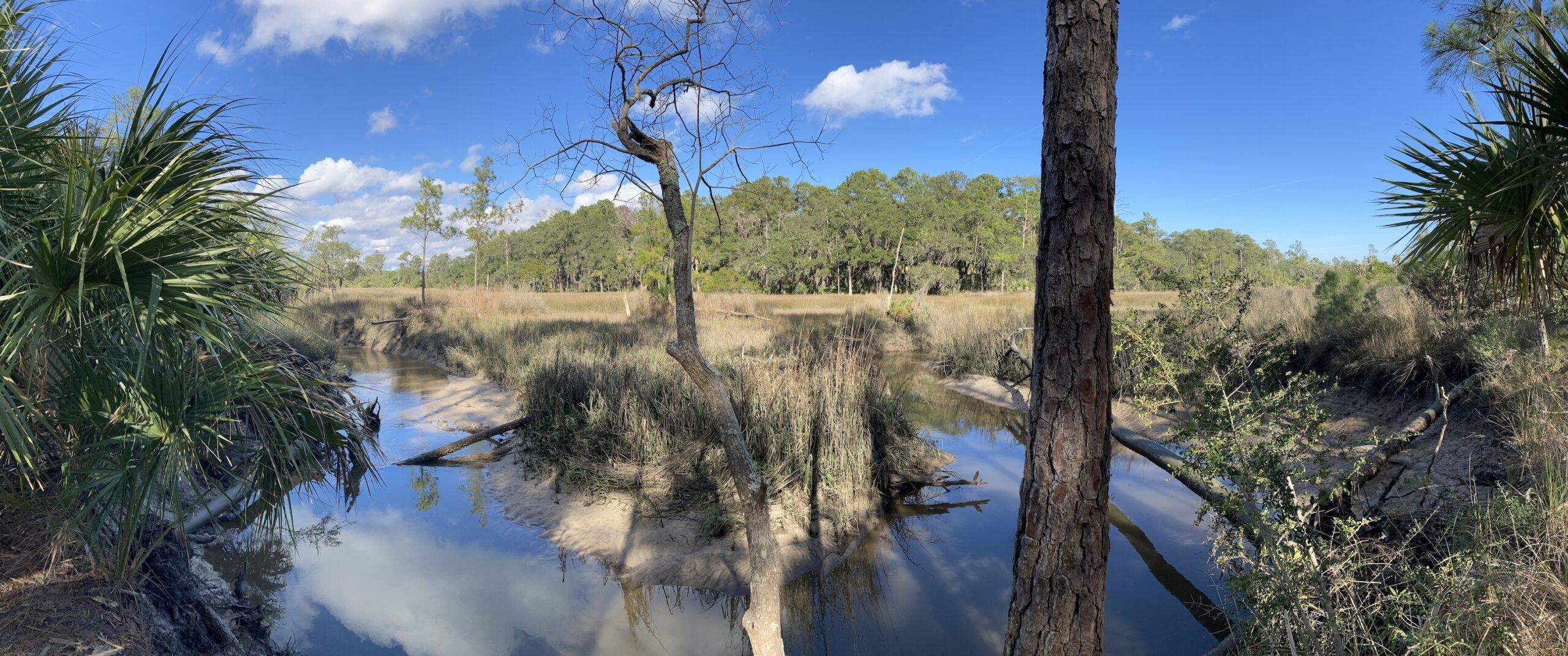
- Water Filtration: Spartina marshes act as natural filtration systems, capturing and trapping sediments, nutrients, and pollutants from runoff and tidal waters. Through a process known as phytoremediation, spartina helps to improve water quality and maintain the health of estuarine and marine ecosystems.
- Carbon Sequestration: Like all plants, spartina marsh grass absorbs carbon dioxide from the atmosphere during photosynthesis, helping to mitigate the effects of climate change by sequestering carbon in its tissues and in the soil. Spartina marshes are highly effective carbon sinks, storing significant amounts of carbon in their biomass and organic-rich sediments.
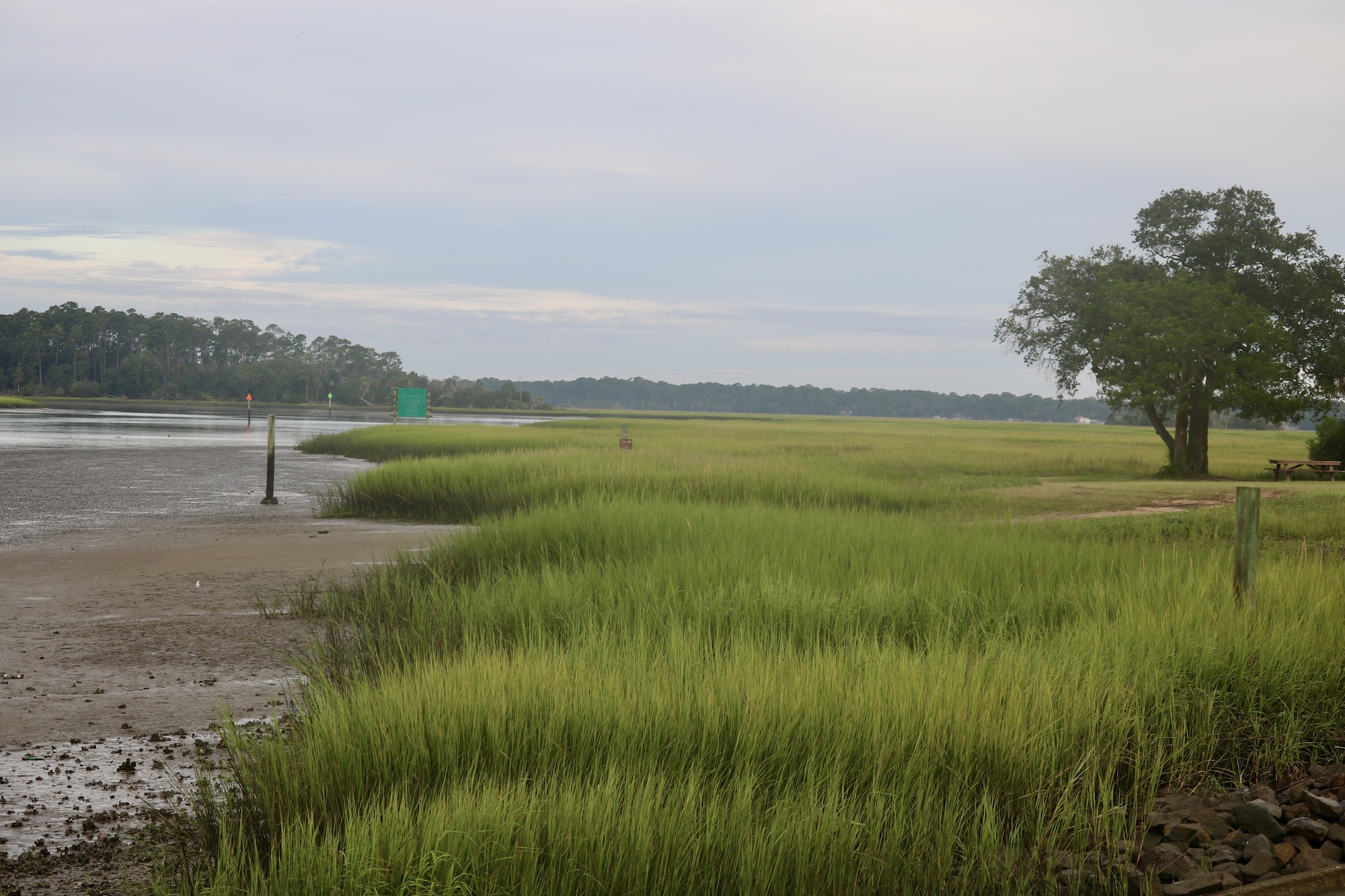
Despite its ecological importance, spartina marsh grass faces a range of threats in today’s world. Coastal development, habitat loss, invasive species, pollution, and climate change all pose significant challenges to the health and resilience of spartina marshes and the ecosystems they support.
Interested in joining us in our efforts to protect spartina marsh grass and other coastal treasures? There are many ways to get involved, from volunteering at restoration sites to supporting policies and practices that promote coastal conservation. Through advocacy efforts, habitat restoration projects, and community engagement initiatives, ORK and its supports work to promote the health and resilience of our coastal ecosystems and ensure a sustainable future for all who depend on them.
